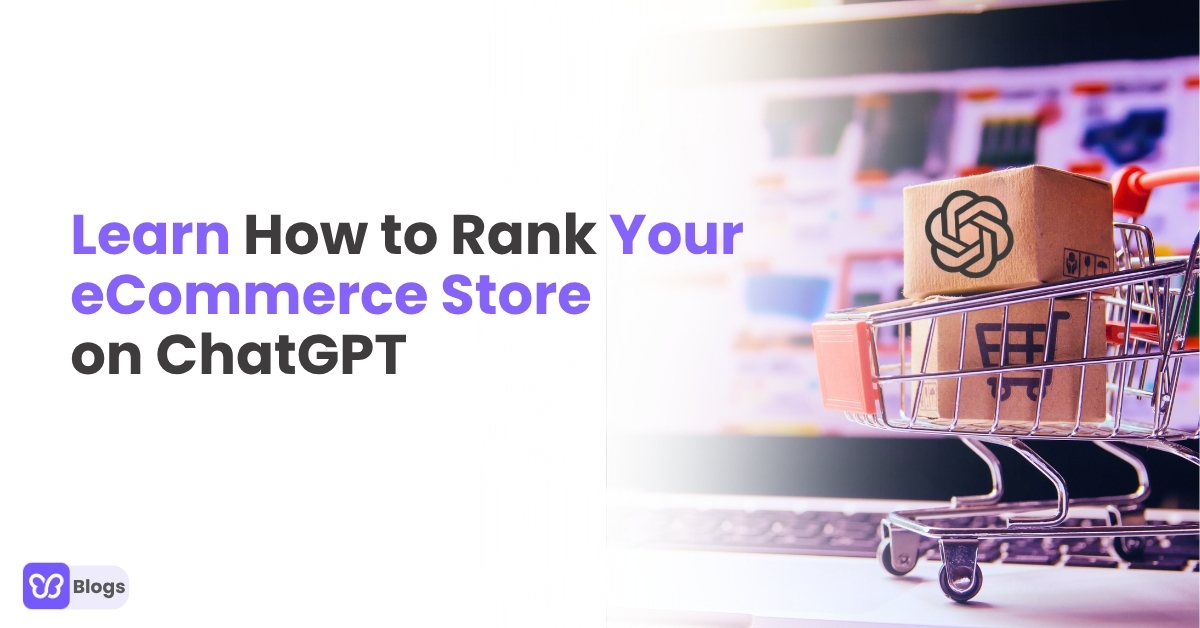Get ready to unlock the secrets of creating websites that not only look amazing but also empower individuals with disabilities to conquer the digital realm.
In this adventure, we'll dive into the fascinating realm of accessibility and discover how it can transform the way we design and experience websites. Brace yourself for a rollercoaster ride of knowledge as we unravel the mysteries of inclusive design practices and their impact on breaking down barriers.
But hold on tight! This isn't your average exploration. We're bringing a fun and engaging twist to the world of accessibility. Get ready to discover how a dash of creativity, a sprinkle of innovation, and a whole lot of empathy for disabled users can revolutionize the online landscape.
So, whether you're a seasoned marketer or a curious web enthusiast, join us as we embark on this thrilling quest to understand the significance of accessibility ready WordPress themes. Together, we'll unveil the power of inclusive design, shatter limitations, and create an online world where everyone can thrive.
Let's break those barriers and make the web a truly inclusive and exciting place to be!
Understanding accessibility ready WordPress themes

In the vast realm of website design, accessibility is the magical key that opens doors for individuals with disabilities, granting them equal access to the digital world. It encompasses the art and science of creating websites that can be easily navigated, understood, and enjoyed by everyone, regardless of their abilities or limitations.
Accessibility in web design means removing barriers and providing alternative ways for people with disabilities to perceive, understand, and interact with online content. It's about ensuring that everyone, regardless of their visual, auditory, motor, or cognitive abilities, can fully engage with websites and access the information and services they offer.
Key principles of accessible design
When it comes to crafting an accessible WordPress theme, a few key principles serve as guiding beacons. These principles light the way toward creating designs and building an accessible WordPress theme, building accessible websites, popular plugins, and WordPress themes that are not only visually stunning but also inclusive and user-friendly.
Let's take a peek at some of these principles:
1. Perceivability: Making sure that all users can perceive and understand the content presented on a website. This includes providing alternatives for non-text content like images and videos, using clear and legible fonts, and ensuring sufficient color contrast.
2. Operability: Designing websites that are easy to navigate and interact with, regardless of the user's input method. This involves implementing keyboard accessibility, allowing users to navigate through the site without a mouse, and ensuring that interactive elements are easily distinguishable.
3. Understandability: Ensuring that the content and functionality of a website are clear and easy to comprehend. This includes using plain language, organizing information in a logical manner, and providing clear instructions and feedback to users.
4. Robustness: Building websites that can withstand the ever-evolving digital landscape. This means creating designs that are compatible with different browsers, mobile devices, and assistive technologies, ensuring that the business website always remains accessible as technology advances.
Examples of common accessibility features in WordPress themes
Accessible WordPress themes are like superheroes with a toolkit of features customization tools custom widgets that make the online world more inclusive.
Here are a few examples of common accessibility features accessible themes you'll often find in these WordPress themes:
1. Alternative text for images: Providing descriptive text for images allows individuals using screen readers to understand the visual content.
2. Captions and transcripts for multimedia: Including captions for videos and transcripts for audio content ensures that individuals with hearing impairments can access the information presented.
3. Keyboard navigation: Designing websites that can be easily navigated using only a keyboard allows individuals with motor disabilities or those who rely on assistive technologies to access all areas of the site.
4. Color contrast: Ensuring sufficient contrast between text and background colors makes content more readable for individuals with visual impairments.
5. Font readability: Choosing fonts that are easy to read, especially for users with dyslexia or visual impairments, enhances the overall accessibility of the website.
These amazing features are just a few examples of the many accessibility features that can be incorporated into WordPress themes to make them more accessible theme inclusive and user-friendly. By embracing these features, we can create digital spaces where everyone feels welcome and empowered to explore the wonders of the web.
Exploring the vitality of accessible WordPress themes!
The future of inclusive web design lies in the commitment to accessibility. As technology continues to evolve, it is crucial to ensure that advancements are accessible to everyone.
Inclusive web design not only benefits individuals with disabilities but also enhances the experience for all users. Breaking barriers in the digital space requires a collective effort from designers, developers, organizations, and society as a whole. By embracing accessibility as a fundamental principle, we can create a digital landscape that is truly inclusive, empowering individuals with disabilities to thrive online.
The ongoing advancement of inclusive web design will contribute to a more equitable and accessible digital world, where barriers are dismantled, and everyone can participate fully and equally.
Let us prioritize accessibility in WordPress website themes and work towards a future where online portfolio and digital experiences are all accessible WordPress theme truly inclusive and barrier-free.








